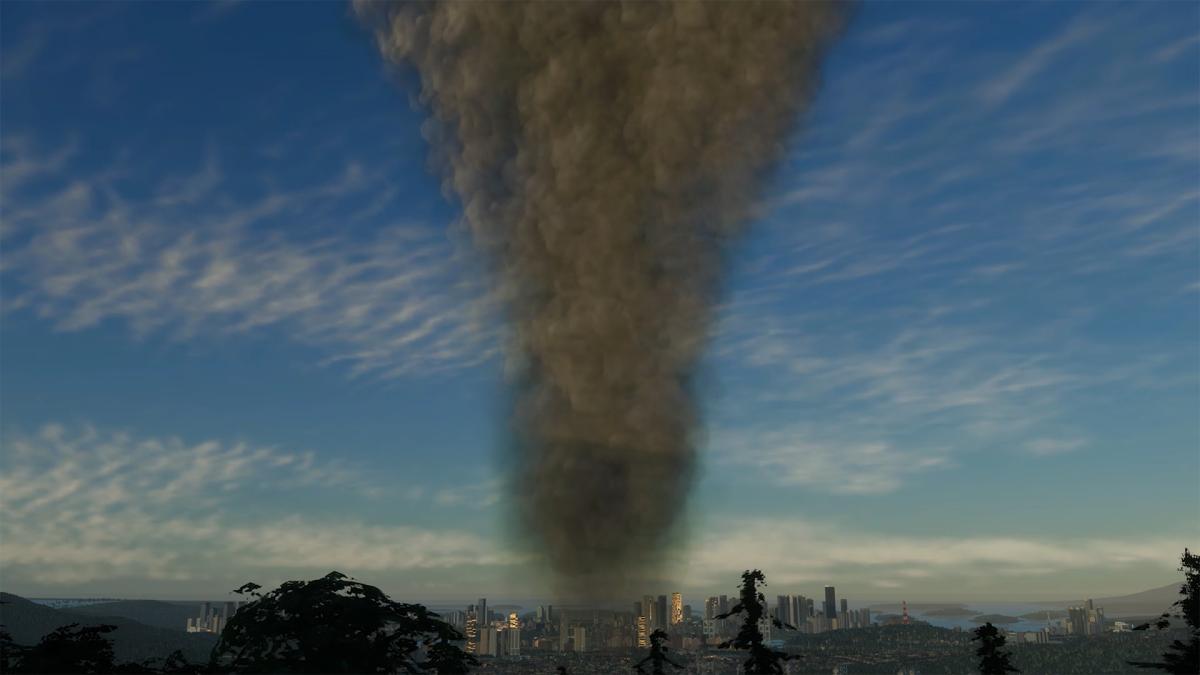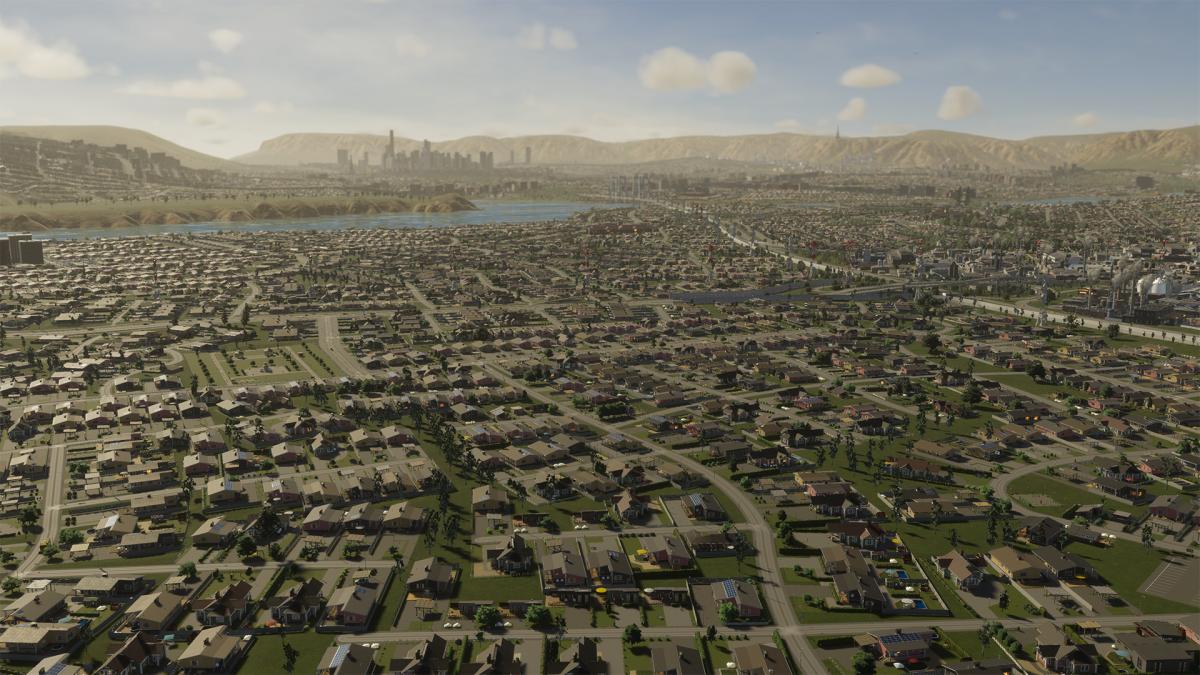Cities: Skylines 2 – best settings to increase performance

Cities: Skylines 2 is an absolutely brilliant city-builder you can spend hour after hour in without even noticing, but the game’s launch version has severe performance problems. Paradox and Colossal Order even communicated those issues before release so that people could brace themselves – that’s great transparency, but goes to show how much of a problem it is as well.
Here’s the good news: During the review process, we were already given access to an updated build, which greatly improved the experience (still not perfect, by any means) and is set to be released as an update soon after launch. That did not influence our scoring of the game, since our Cities: Skylines 2 review is based on the launch build only, but is definitely making us more optimistic about the future. Colossal Order and Paradox are both very aware of the technical issues and seem very active about solving them, targeting at least 30 FPS on the minimum specifications.

Until performance updates are ready for shipping, though, we have a few suggestions for Cities: Skylines 2 settings you can tune to increase performance in the release version. Mind you, this may not be the solution you need on your particular system – these adjustments worked for people on our team, but that doesn’t mean they are the end all, be all for everyone.
The most important thing is to set “Level of Detail” to “Very Low” – the game’s launch version contains a bug that causes this setting to have a huge performance impact. While the game won’t look as smooth, since elements like trees will disappear sooner when zooming out, this helps keep the stutters away for longer. Cities: Skylines 2’s bottleneck is generally the GPU, so anything you can turn down in terms of visuals will be a boon.
Another setting adjustment we had some success with is putting “Motion Blur” on “Disabled.” Motion Blur is rather aggressive in the game anyway and disabling it seems to take some strain away.
Colossal Order recommends disabling "Depth of Field mode", "Depth of Field quality", and "Volumetrics Quality Settings" as well.
Cities: Skylines 2 mods won’t be available at release
Generally, it seems like a good idea to avoid tinkering with large bodies of water, as that seemed to exacerbate performance troubles on my end. Since everything is simulated in Cities: Skylines 2’s maps, moving around water in large chunks by terraforming may have a negative impact.
Performance seems to turn for the worse at certain population milestones with 10,000 people being the first big turning point at which FPS counts go down. The second is between 25,000 and 30,000, after which FPS counts drop slowly, but steadily instead of in big chunks. That’s, uh, somewhat good news.
Resolution-wise, you should stay away from 4K for the time being – while a lower resolution will not eliminate performance issues, you can definitely buy yourself some time and frames.

While pretty to look at, the game’s day/night cycle is another option for the chopping block – this is less to boost the game’s performance and more to keep your sanity intact: In my experience it’s simply too dark at night to effectively perform construction operations.
Aside from awaited performance updates, a whole line of Cities: Skylines 2 DLC has already been scheduled as well.
